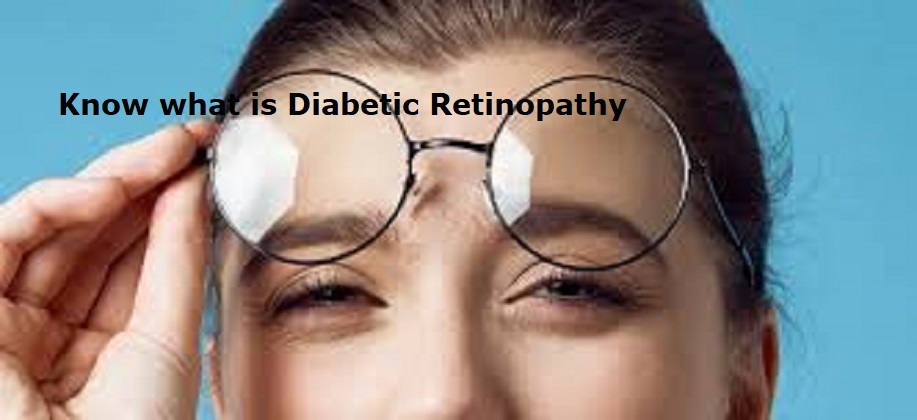
Retinopathy is an eye disease that arises from damage to the blood vessels of the retina (the light-sensitive tissue at the back of the eye). Patients with type 1 or type 2 diabetes are susceptible to this problem. Non-Proliferative Diabetic Retinopathy (NPDR) and Proliferative Diabetic Retinopathy (PDR) are the two kinds of retinopathy (PDR). Diabetic retinopathy can result in clouded vision, visual loss, or even irreversible blindness if not treated promptly.
You must be aware of the signs of glaucoma in order to protect your vision. The following are the most common signs and symptoms of retinopathy:
Blurred vision: A retinopathy symptom is a loss of visual sharpness that prevents one from seeing the intricacies of an object.
Trouble reading or spotting faraway objects: Retinopathy also puts pressure on your eyes since it makes it difficult to see small print or locate objects that are far away.
Also Read: Know effects of intermittent fasting on PCOS
Colour blindness or seeing faded colours: Color blindness can be hereditary, but if you are having trouble identifying colours that you used to see well, it is probable that retinopathy has caused your colourblindness.
Dark or empty areas in your vision: Retinopathy might manifest itself in the form of dark patches in your eyesight. Blind spots are another name for these areas.
Eye floaters: You can see dark or grey flecks, chains, or cobwebs that move across your vision like a shadow.
Vision loss: One of the most serious consequences of retinopathy is the possibility of visual loss.

Post Your Comments